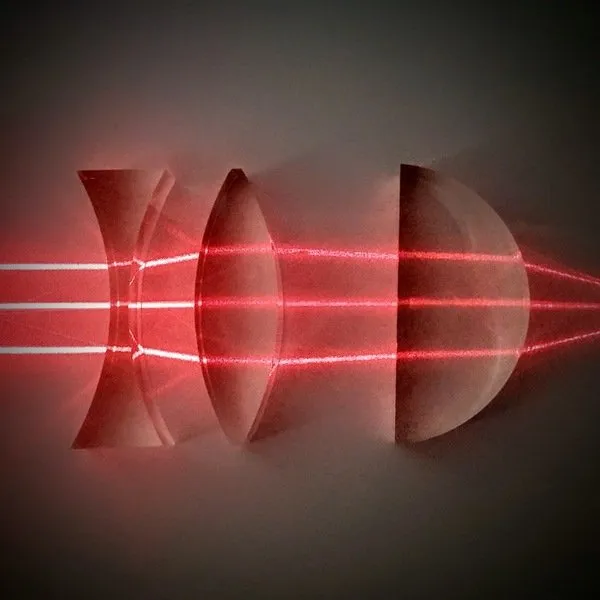
Optical Engineering 
Discover the fascinating world of Optical Engineering with this comprehensive course! From corrective eyewear to cell phone cameras, optical instruments shape the way they see the world. Join this course to learn how to design optical systems using simple graphical techniques. You'll also gain hands-on experience by incorporating real optical components like lenses and diffraction gratings into your designs. Plus, you'll have the opportunity to analyze and enhance performance using the industry-standard design tool, OpticStudio by Zemax. Don't miss out on this chance to unlock the secrets of optical engineering - enroll now! ▼
ADVERTISEMENT
Course Feature
![]() Cost:
Cost:
Paid
![]() Provider:
Provider:
Coursera
![]() Certificate:
Certificate:
Paid Certification
![]() Language:
Language:
English
Course Overview
❗The content presented here is sourced directly from Coursera platform. For comprehensive course details, including enrollment information, simply click on the 'Go to class' link on our website.
Updated in [September 25th, 2023]
What does this course tell?
(Please note that the following overview content is from the original platform)The courses in this specialization can also be taken for academic credit as ECEA 5600-5602 part of CU Boulder's Master of Science in Electrical Engineering degree Enroll here Optical instruments are how we see the world from corrective eyewear to medical endoscopes to cell phone cameras to orbiting telescopes This course will teach you how to design such optical systems with simple graphical techniques then transform those pencil and paper designs to include real optical components including lenses diffraction gratings and prisms You will learn how to enter these designs into an industry-standard design tool OpticStudio by Zemax to analyze and improve performance with powerful automatic optimization methodsWe considered the value of this course from many aspects, and finally summarized it for you from two aspects: skills and knowledge, and the people who benefit from it:
(Please note that our content is optimized through artificial intelligence tools and carefully reviewed by our editorial staff.)
What skills and knowledge will you acquire during this course?
During this course, students will acquire the following skills and knowledge:
1. Designing optical systems: Students will learn how to design optical systems using simple graphical techniques. They will understand the principles behind designing optical instruments such as corrective eyewear, medical endoscopes, cell phone cameras, and telescopes.
2. Incorporating real optical components: Students will learn how to transform their pencil and paper designs into practical optical systems by including real optical components such as lenses, diffraction gratings, and prisms. They will understand the function and properties of these components and how to integrate them into their designs.
3. Using industry-standard design tools: Students will gain proficiency in using OpticStudio by Zemax, an industry-standard design tool for optical systems. They will learn how to enter their designs into the software and use its features to analyze and improve the performance of their optical systems.
4. Analyzing and optimizing performance: Students will learn how to use automatic optimization methods available in OpticStudio to analyze and improve the performance of their optical systems. They will understand how to optimize parameters such as lens shapes, positions, and materials to achieve desired performance metrics.
Overall, this course will provide students with the necessary skills and knowledge to design and analyze optical systems using both graphical techniques and industry-standard design tools. They will gain a deep understanding of the principles behind optical engineering and be able to apply this knowledge to various real-world applications.
Who will benefit from this course?
This course in Optical Engineering will benefit individuals interested in the field of optics and optical systems design. Specifically, it will be beneficial for:
1. Electrical Engineering students: The course is part of CU Boulder's Master of Science in Electrical Engineering degree program, making it suitable for students pursuing a career in this field.
2. Optical Engineers: Professionals working in the field of optical engineering will benefit from this course as it provides practical knowledge and skills required for designing optical systems.
3. Optics Researchers: Researchers in the field of optics who want to enhance their understanding of optical system design and analysis will find this course valuable.
4. Product Designers: Individuals involved in the design and development of optical products, such as corrective eyewear, medical endoscopes, and cell phone cameras, will gain insights into the design process and techniques.
5. Telescope Designers: As the course covers the design of orbiting telescopes, individuals interested in designing and improving the performance of telescopes will find this course relevant.
Course Provider

Provider Coursera's Stats at AZClass
Discussion and Reviews
0.0 (Based on 0 reviews)
Explore Similar Online Courses

Online Certification in the Fundamentals of Virology
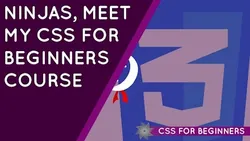
CSS Tutorials For Beginners

Python for Informatics: Exploring Information

Social Network Analysis

Introduction to Systematic Review and Meta-Analysis

The Analytics Edge

DCO042 - Python For Informatics

Causal Diagrams: Draw Your Assumptions Before Your Conclusions

Whole genome sequencing of bacterial genomes - tools and applications
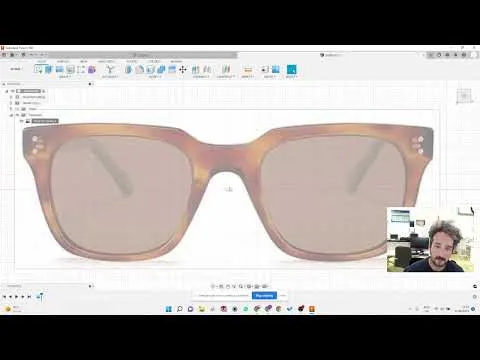
Beginners Eyewear Design Pop-up Class #2+3: Frame tracing&Face scan&Smart design&Adjustability
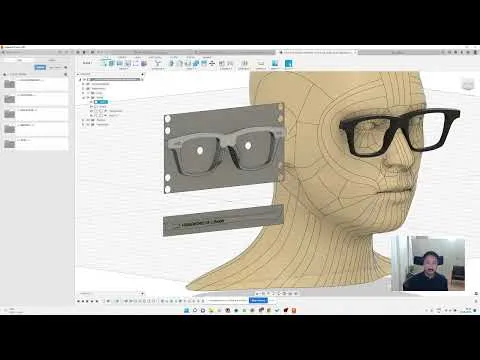
Beginners Eyewear Design Pop-up Class #1: Intro to Fusion 360 + very helpful Q&A session
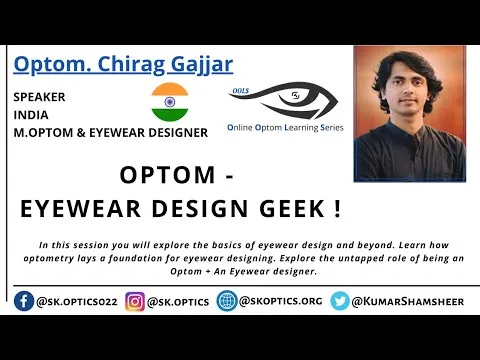

Start your review of Optical Engineering